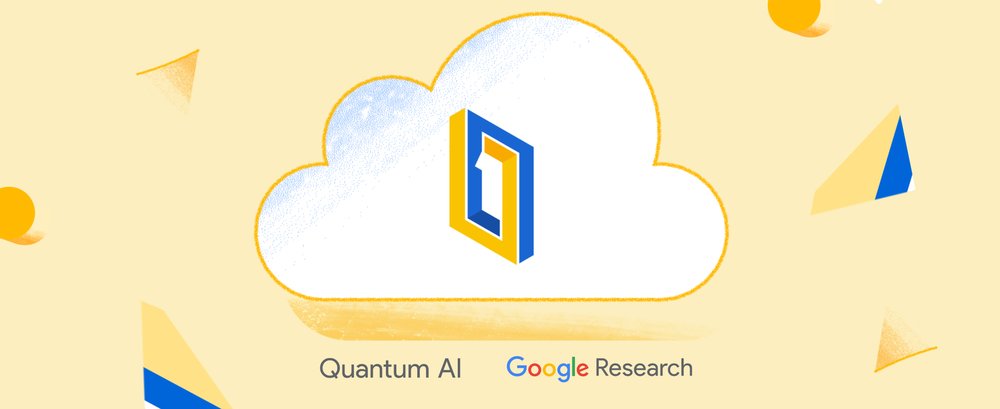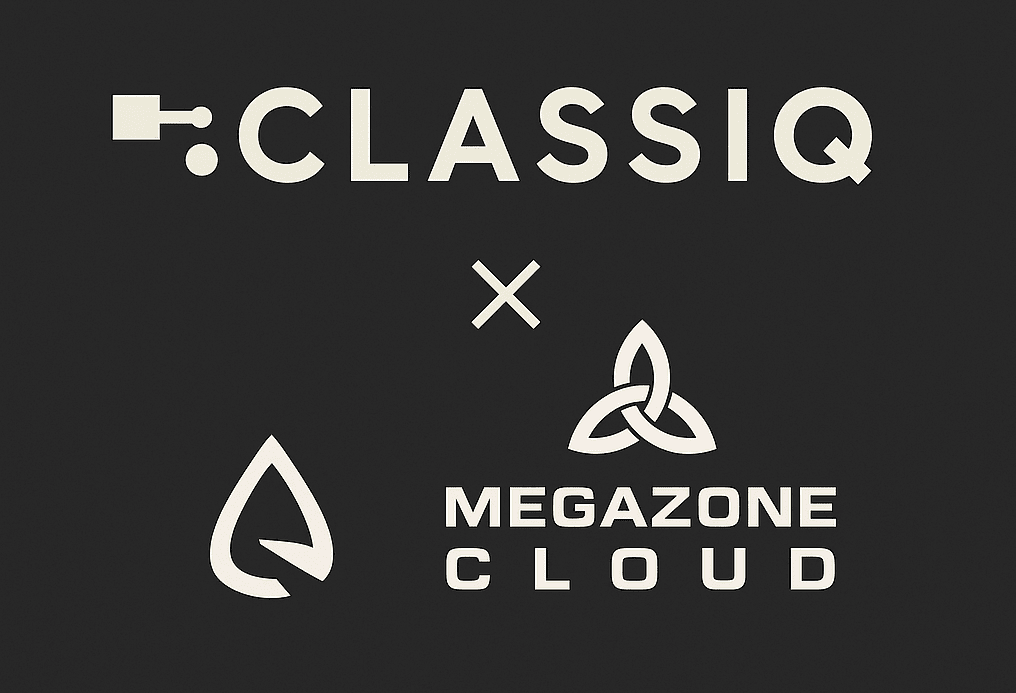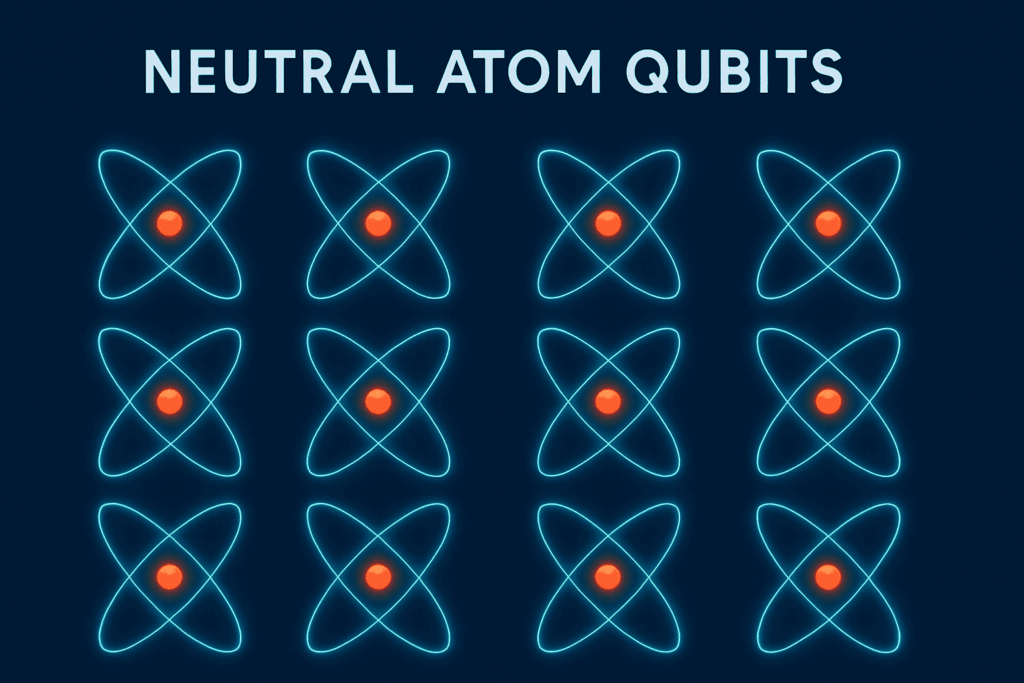Google Quantum AI team members report that the Quantum Virtual Machine (QVM) is ready — and it is designed to emulate the experience and results of programming one of the quantum computers in the Google Quantum AI’s lab — from circuit validation to processor infidelity.
In a blog post introducing QVM, the team writes: “At Google Quantum AI, we have a long history of making tools we build for our own research available to the public free of cost. Today we are adding the Quantum Virtual Machine to the list.”
The Quantum Virtual Machine can be deployed instantly from a Colab notebook — for free, they report.
Measurements are fed from Google Quantum AI’s Sycamore processors — such as qubit decay, dephasing, gate and readout errors — into the QVM and combined with the qubit connectivity of the device to simulate quantum processor-like output, using physics models.

The team adds: “You do not have to wait in a queue to get your program’s results and can iterate on results quickly. This, combined with processor-like output makes the QVM a great tool for prototyping, testing and optimizing your quantum circuit for near term quantum hardware. Users can currently emulate two of our processors: Weber and Rainbow. Weber is the Sycamore processor that was used in our beyond-classical experiments published in Nature in 2019. Rainbow was used in our experiments demonstrating the variational quantum eigensolver on quantum chemistry problems published in Science.”
The QVM can be supercharged with additional high-performance compute if the users require more qubits than can be simulated through Colab.
To build a quantum program, users can apply Cirq 1.0, the newly released version of the company’s open-source quantum programming framework.
It’s also perfect for education, according to the post. They write: “We hope that you will find the Quantum Virtual Machine useful while exploring quantum computing, whether for research or education. For educators and their students, the QVM makes it possible to complete coursework and projects on a top quality processor, without running into the long and unpredictable queues that are common in the industry. We have also created supporting documentation that exposes several of the features of the QVM and Cirq 1.0 to enable students to onboard quickly.”
For more information, check out quantumai.google/software.
If you found this article to be informative, you can explore more current quantum news here, exclusives, interviews, and podcasts.
















